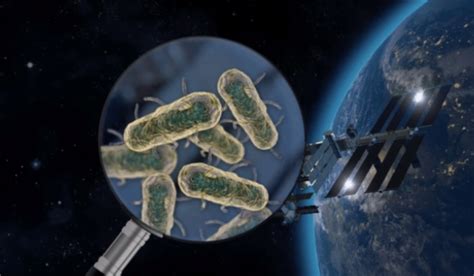The evolution of bacteria in space, particularly on the International Space Station (ISS), has unveiled a fascinating realm of scientific inquiry. The comments from users reflect a diverse range of perspectives on the implications of this discovery. One intriguing suggestion is the comparison between the evolution of bacteria in space versus on Earth to better understand the adaptive mechanisms under different stressors. This proposition opens up the opportunity to gain insights into the evolutionary processes influenced by the unique conditions of space.
Moreover, the discussions surrounding the potential risks posed by drug-resistant bacteria in space exploration highlight the critical importance of studying these organisms. Users have contemplated scenarios where the presence of such bacteria could impact human health during long-duration missions, pointing to the necessity of thorough research and countermeasures. The comment about the evolution of bacteria coexisting with other microorganisms on the ISS underscores the intricate web of interactions in space environments that warrant attention.
Another intriguing aspect brought up by users is the role of artificial gravity in mitigating the effects of microgravity on bacterial evolution. The idea of using rotation to generate centrifugal force for artificial gravity sparks discussions on the practicalities and challenges of creating human-friendly habitats in space. Insights into potential solutions, such as orbital stations with spin gravity or torus-shaped spacecraft, shed light on the ongoing efforts to address the biological and physiological impacts of space travel on astronauts.
Furthermore, the comments delve into the broader implications of bacterial evolution in space, touching on themes of genetic engineering, radiation exposure, and immune system responses. The discourse underscores the complex interplay between microbial adaptation and human health in extraterrestrial environments. By exploring the genetic modifications needed for humans to thrive in space and considering the unique challenges posed by cosmic radiation and microgravity, users offer thought-provoking perspectives on the future of space exploration.
In conclusion, the evolving landscape of microbial life on the ISS presents a captivating narrative for scientific exploration and technological innovation. As researchers delve deeper into understanding the mechanisms of bacterial evolution in space, the insights gleaned from these studies will be instrumental in shaping the strategies for safe and sustainable human presence beyond Earth. The collective wisdom shared by users underscores the significance of multidisciplinary collaboration and continuous investigation to unlock the mysteries of microbial life in the cosmos.


Leave a Reply